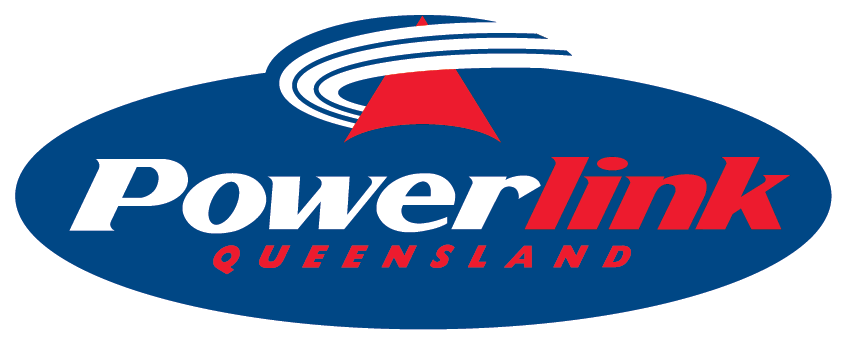Our standard deeds, agreements, and policies for connections and related matters.
For contestable connections, we use a suite of three standard form agreements to support the connection of third party identified user shared assets (IUSAs) and designated network assets (DNAs) to our network: a Works Coordination Deed, a Connection and Access Agreement and a Network Operating Agreement. For non-contestable connections (and connections where Powerlink will design, build and own all connection assets) a single Connection and Access Agreement will apply.
These standard form agreements are template contracts only and do not cover all possible connection scenarios. However, they reflect Powerlink's standard contractual position for the most common connection scenarios. Each of the standard form agreements will require further customisation for individual connections.
Powerlink reserves the right to amend, replace or update the standard form agreements from time to time in such manner as it sees fit.
Powerlink is developing a template Access Policy for new DNAs that it owns (or will own). This will be published on this website subsequent to obtaining approval of the template position from the Australian Energy Regulator.
CONNECTION AGREEMENT templates
Where a third party designs, constructs and owns IUSA, DNA and Dedicated Connection Assets (DCAs):
Where Powerlink designs, constructs and owns IUSA, DNA and DCA:
Bi-directional Service Providers:
NETWORK OPERATING AGREEMENT
The Network Operating Agreement applies where a third party designs, constructs and owns the IUSA and/or DNA.
The Settlements Residue Allocation Methodology describes how residues that accrue on a DNA will be distributed.
WORKS Coordination AGREEMENT
The Works Coordination Agreement applies where a third party designs, constructs and owns the IUSA and/or DNA.
RELOCATION DEED
ENVIRONMENTAL AND DEVELOPMENTAL APPROVALS
Environmental and development approvals are site and project specific and depend on the nature, scale, size and location of a project and are determined on a project by project basis. Site/project specific environmental and development approvals information will be provided as part of the connection enquiry/connection application process upon direct enquiry.
